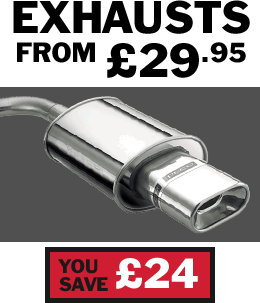How to Drive on New Tyres
You might be surprised to learn that new tyres require a driving in period to help prepare them for every day driving and to help you get the most out of them. Show them a little care for the first 150-200 miles and they may go the extra distance for you!
Why Do I Need to ‘Drive In’ My New Tyres?
All new tyres require ‘driving in’ to prepare the surface of the tyre for the road. During the manufacturing process, tyres will be covered with a lubricant or silicone which is used to best remove the tyres from their moulds. This substance then forms a layer which sits on the tyre tread until it wears off and it can affect your gripping capabilities.
Running In Your New Tyres
To abrade the surface of the tyre and help it to achieve its optimal gripping and handling capabilities, you should drive gently for the first 150-200 miles after having your new tyres fitted.
During this time, you should try to stick to dry roads and only drive at a medium speed. You should also avoid any sharp accelerating or braking (unless necessary) and try to leave a large gap for vehicles ahead as your tyres will not yet have the gripping capabilities expected and so braking distances may be longer.
Getting Used to New Tyres
When new tyres are fitted to your car you will feel a difference when driving, even if you have fitted the same brand and pattern of tyre as was previously there. The running in period to enhance the capability of your tyres should also give you a chance to get used to your new tyres and the way that your vehicle handles with them.
Look After Your Tyres
After the running in period, you should undertake regular tyre checks and maintenance to ensure that they perform effectively and continue to keep you safe on the road.
You should check that they have sufficient tyre tread, they are inflated to the correct tyre pressure and they do not have any signs of tyre damage.
For more information on driving in new tyres contact your local Setyres branch where one of our trained specialists will be happy to offer advice.















